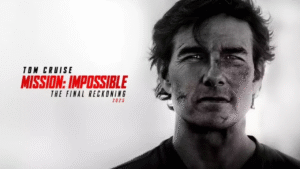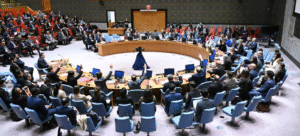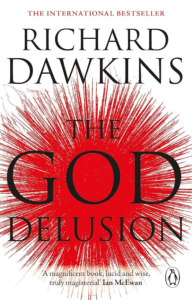The Glare of the Logo, the Grip of Fear: Deconstructing iHostage 2025
A Stage of Modern Anxiety: The Apple Store as Ground Zero
Bobby Boermans’ iHostage, released on Netflix in 2025, plunges viewers into the claustrophobic and terrifying reality of a hostage situation within the sleek, minimalist confines of an Amsterdam Apple Store. Based on the real-life 2022 incident, the film transcends a simple recounting of events, instead offering a multi-faceted exploration of fear, desperation, and the fragile threads of human connection under extreme duress. The ever-present glow of the iconic Apple logo, a symbol of seamless technology and aspirational living, becomes a stark backdrop to the unfolding chaos, highlighting the jarring intrusion of violence into the mundane.
Claustrophobia and Psychological Tension: The Confined Space
The film masterfully utilizes the confined setting to amplify the tension. The clean lines and open spaces of the store, usually associated with calm consumerism, transform into a cage. Every ping of a device, every hushed whisper among the hiding employees and customers, and every strained negotiation with the outside world contributes to the suffocating atmosphere. Boermans avoids gratuitous action, instead focusing on the psychological impact of the situation. We witness the raw fear in the eyes of Ilian, the Bulgarian man taken hostage, and the palpable anxiety of those concealed within the store, their fates hanging precariously in the balance.
Beyond Villainy: Nuance in the Hostage Taker
Soufiane Moussouli’s portrayal of the gunman is nuanced, avoiding a descent into a one-dimensional villain. While his actions are undeniably terrifying, the film hints at a deeper desperation, a sense of being wronged that fuels his drastic measures. The fragmented glimpses into his motivations, though not fully elaborated, serve to humanize him to a degree, making the situation all the more unsettling. He is not merely a monster, but a product of a system he feels has failed him, a point the director himself hoped the film would subtly address regarding mental health and societal pressures.
Multiple Perspectives: A Chorus of Fear and Response
iHostage distinguishes itself by offering multiple perspectives. We are not solely confined to the viewpoint of the primary hostage or the frantic police negotiators. The film weaves in the experiences of the Apple Store employees who manage to hide, their silent terror adding another layer of suspense. The glimpses into the police command center reveal the delicate and high-stakes balancing act of trying to resolve the situation without further bloodshed. This multi-pronged approach provides a richer and more comprehensive understanding of the crisis, emphasizing the ripple effects of such an event.
Technology as Both Tool and Target: The Modern Crisis
The film astutely uses technology, a ubiquitous element of modern life and the very essence of the Apple Store, as both a tool and a hindrance. The police utilize robots for communication and reconnaissance, showcasing the technological advancements in crisis management. However, the gunman’s demand for cryptocurrency, a purely digital asset, underscores the complexities of modern crime. Furthermore, the film touches upon the role of social media during such events, highlighting the ethical dilemmas faced by authorities in managing information flow and preventing the escalation of panic.
Lingering Shadows: The Broader Implications of Disrupted Normality
Ultimately, iHostage is more than just a thriller. It is a stark reminder of the fragility of security in an increasingly complex world. It delves into the primal human instinct for survival and the unexpected acts of courage that can emerge in the face of overwhelming fear. The film doesn’t offer easy answers or a neatly tied resolution. Instead, it leaves the viewer contemplating the psychological scars of such trauma and the societal factors that can contribute to such desperate acts. The gleaming Apple logo, once a beacon of innovation, remains in the final frames, but its sheen is now tinged with the unsettling memory of the violence that unfolded beneath its gaze, a potent symbol of the disruption of normalcy in the 21st century.




















